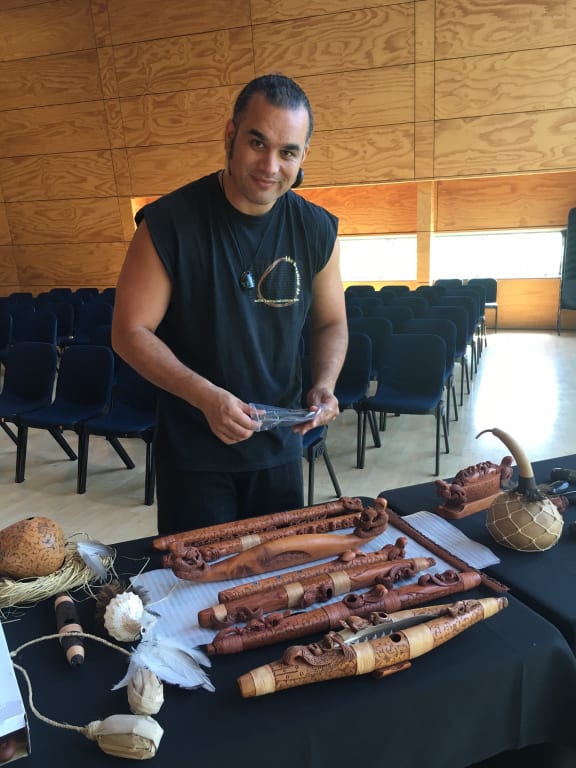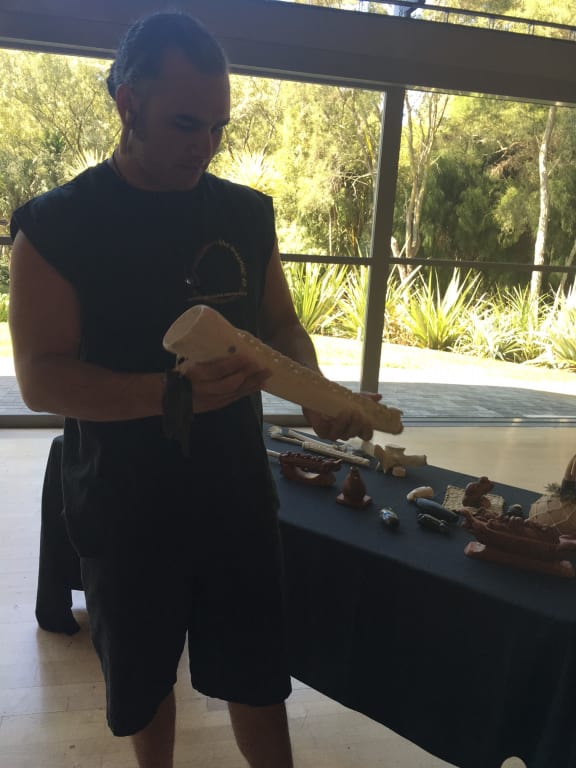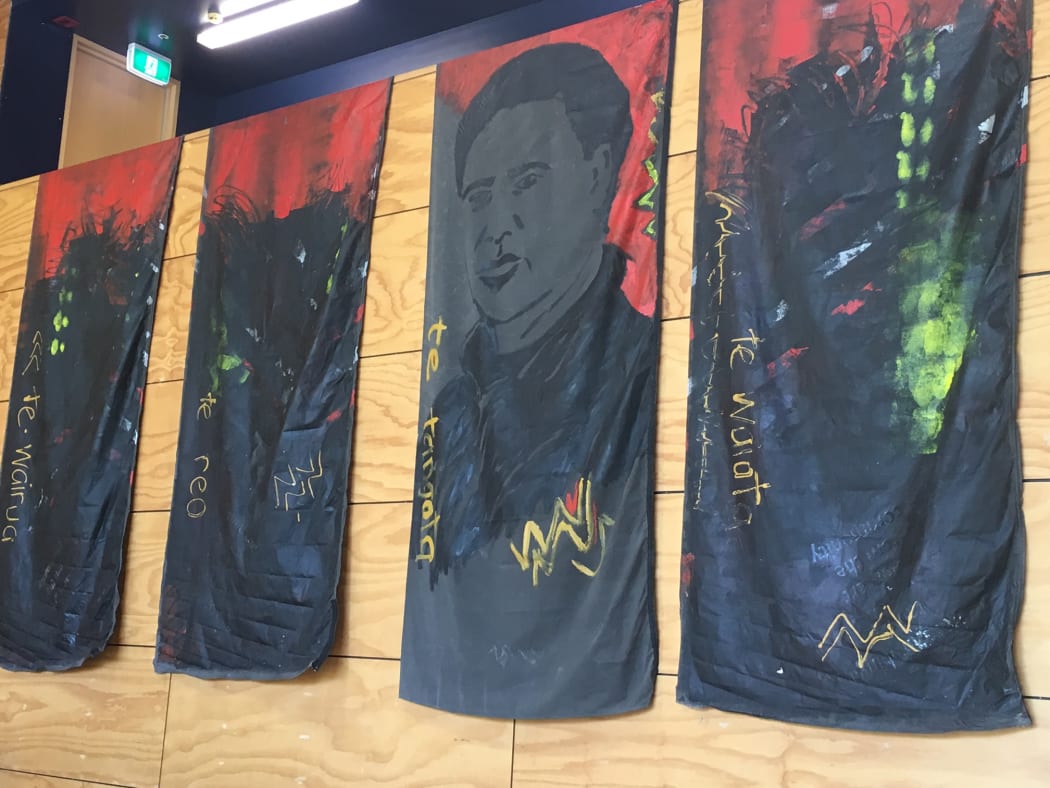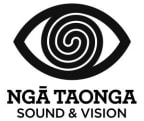In the first of our music series Te Ahi Kaa joins Horomona Horo, nō Nga Puhi, Ngāti Pōrou, Taranaki who discusses the work of his mentors and the revival of tāonga pūoro.

Tāonga Pūoro Practioner and Composer, Horomona Horo Photo: RNZ/Justine Murray
Kei a Te Pō Te Timatatanga o Te Waiatatanga mai a Te Atua, Ko te Ao, Ko Te Ao Mārama, Ko Te Ao Tūroa. It was in the night where the gods sang the world into existence, from the world of light into the world of music.
"In that particular proverb it speaks (about) the voice these instruments sing goes back to the beginning of time. They are the voices of the elements, they are the voices of the environments, and they are the voices that depict our land, that’s where the histories of the sounds that tāonga pūoro create" - Horomona Horo
At a relatively young age, Horomona Horo is now a repository of information of tāonga puoro, traditional māori instruments. He is a composer and practitioner and has travelled the world performing a range of musical collaborations. He has worked with Voices New Zealand Choir, Moana and the Tribe, Green Fire Islands, Te Ahukaramū Charles Royal and many of today’s māori singers and songwriters.
When Horomona is asked to play, he always discusses the story first, it’s important for him to know from the outset, because within the story, he is able to articulate which tāonga pūoro fits that kaupapa.

Horonmona with a Whale Bone Pukaea Photo: RNZ/Justine Murray
His passion for the art form began years ago in the Waikato with his first mentor the late Dr Hirini Melbourne (1949 – 2003). Dr Melbourne attended teachers training college and became a school teacher. He began composing te reo māori (māori language) nursery rhymes for his own children. During the 1970’s and 1980’s school's were introduced to the many songs he wrote about insects, birds and trees.
His teaching career included a stint in Whakatane, before he shifted to Wellington to edit te reo māori text for school resources. Dr Melbourne talked about his waiata compositions with The National Programme, in an interview he gave in 1978 where he described his song writing:
“I borrowed the melodies from the birds themselves, I borrowed the thoughts from māori folklore and the way they observed nature, birds and established a pattern from this behaviour, and being able to predict seasons weather and so on”
From the mid 1980’s Dr Melbourne learned the traditional art form of tāonga pūoro, that same period he met Dr Richard Nunns and for the next two decades they travelled the country gathering and sharing knowledge about the instruments.

An artwork of the late Dr Hirini Melbourne at Whare Tapere Iti, Waikato University. Photo: RNZ/Justine Murray
Dr Richard Nunns is a formidable figure in the resurgence of tāonga pūoro, which wasn't an easy road at first, as Horomona recalled a story.

The Tāonga Pūoro collection was carved by Brian Flintoff Photo: RNZ/Justine Murray
“He went to the elders and sat with them and he would be given challenges and he would go away…but he’d go back and in his humility, in his red head and pink face, he had the perseverance. Throughout his whole career of playing tāonga pūoro he got flack from both the māori world as well as the pākeha world. The māori would be saying why are you doing our instruments, you pākeha?....and the pākeha world saying why do you want to learn the māori instruments for? So he was able to overcome both sides of the coin”
From a 1989 archival interview, Dr Richard Nunns told Henare Te Ua (1933 – 2007)
‘It's a tradition that passes through me that I am a vehicle a vessel, a medium if you like and there are situations where I'm required to play and I can step aside and look at me working there…there are other times when I distinctly feel the presence of others standing behind me”

Archival recordings supplied by Ngā Taonga Sound and Vision Photo: Ngā Taonga Sound & Vision
In 2013 Dr Richard Nunns was honoured for his contribution to tāonga pūoro at Te Papa in 2013, over the past two decades he has worked on a range of music genres including jazz, classical and even māori theatre.
In March this year, Associate Professor Martin Lodge commissioned carver Brian Flintoff to create a tāonga Pūoro collection, among the pieces include a whale bone Pukaea, the bone was gifted by Kati Tama of Onetahua. The collection provides opportunity and potential for the revival of tāonga puoro, and symbolises the connection to both Dr Hirini Melbourne and Dr Richard Nunns.

